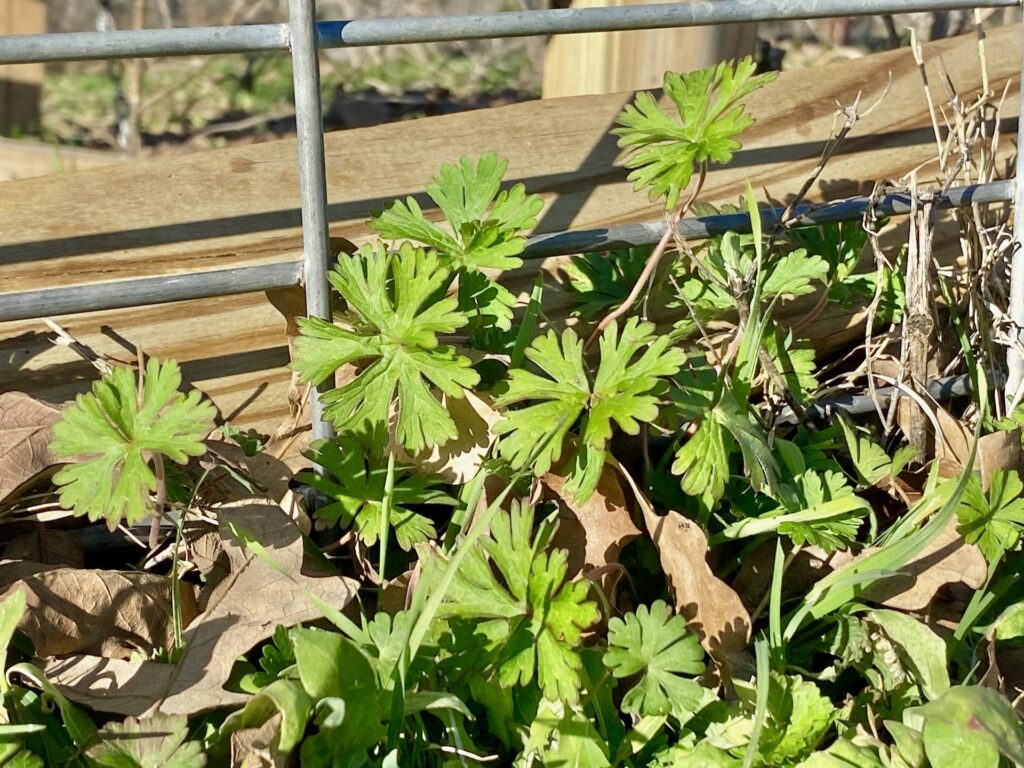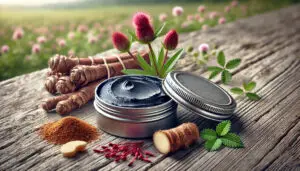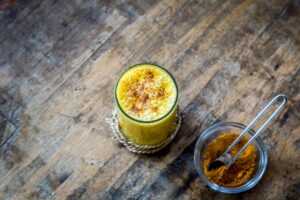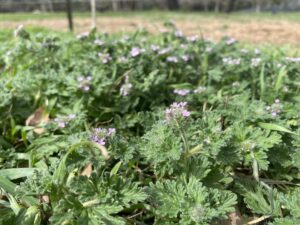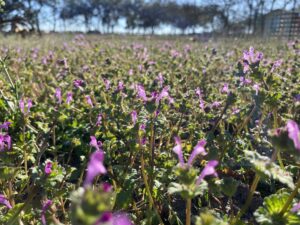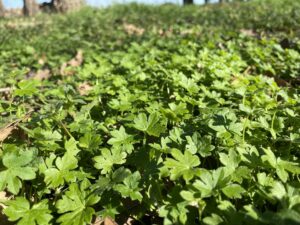Nestled within the serene landscapes of North America, Wild Geranium (Geranium carolinianum) is revered for its delicate allure and diverse array of applications. This native perennial plant, adorned with lobed leaves and charming pink to lavender blossoms, graces woodlands, meadows, and prairies with its presence. In this article, I unveil the splendor of Wild Geranium, exploring its cultivation techniques, identification features, and the medicinal wonders it offers.
Where It Grows: Wild Geranium (Geranium carolinianum) thrives in a variety of habitats across North America, including open fields, roadsides, and disturbed areas. It is commonly found in planting zones 3 to 8, favoring well-drained soil and partial sun to full sun conditions.
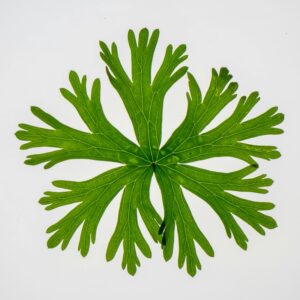
Identification: Distinguished by its deeply lobed leaves and dainty pink to lavender flowers, Wild Geranium (Geranium carolinianum) stands out amidst its surroundings. The five-petaled blossoms bloom from spring to early summer, attracting pollinators such as bees and butterflies. The plant typically grows up to 2 feet tall, forming clusters of foliage that add to its distinctive charm.
Harvesting: For culinary or medicinal purposes, Wild Geranium leaves and flowers can be harvested throughout the growing season. Opt for young, healthy leaves and flowers, preferably in the morning when their essential oils are most potent.
Look-Alike Plants: While Wild Geranium is easily identifiable, it’s essential to differentiate it from similar-looking plants like Purple Deadnettle (Lamium purpureum) and Cranesbill (Geranium pratense). Purple Deadnettle has smaller, more compact flowers, while Cranesbill typically features larger, showier blooms.
Nutrient Profile: While specific nutrient data for Wild Geranium (Geranium carolinianum) may not be readily available, we can make some general estimations based on the typical nutrient content of related plants in the Geraniaceae family. Wild Geranium is valued for its culinary and medicinal properties, suggesting that it likely contains a range of vitamins, minerals, and antioxidants. Here’s an approximate nutrient profile for Wild Geranium:
Vitamins: Wild Geranium likely contains vitamin C, an essential antioxidant that supports immune function and collagen production. It may also provide vitamin A, which is beneficial for eye health and skin health.
Minerals: Wild Geranium may contain minerals such as calcium, potassium, and iron. Calcium is important for bone health and muscle function, potassium helps regulate blood pressure and fluid balance, and iron is necessary for oxygen transport in the blood.
Antioxidants: Wild Geranium is likely rich in antioxidants such as flavonoids and polyphenols, which help protect cells from oxidative damage caused by free radicals. These antioxidants may contribute to the plant’s potential health benefits.
Contraindications: While Wild Geranium is generally safe for consumption, individuals with allergies to plants in the Geraniaceae family should use caution. Pregnant or nursing women should consult a healthcare professional before using Wild Geranium medicinally.
Edible Parts and Culinary Ideas: Wild Geranium leaves and flowers can be incorporated into a variety of culinary dishes, adding a subtle floral flavor and visual appeal. Try using fresh Wild Geranium leaves in salads or steeping dried flowers in hot water for a fragrant herbal tea.
Medicinal Parts and Remedies: Wild Geranium (Geranium carolinianum) possesses medicinal properties that have been valued for centuries in traditional herbal medicine. The aerial parts of the plant, including the leaves, flowers, and roots, are utilized for their potential health benefits. Wild Geranium is renowned for its astringent and anti-inflammatory properties, making it a popular remedy for various ailments. It is often employed as a mild antiseptic to cleanse wounds and promote healing, and its astringent qualities help to reduce inflammation and soothe irritated skin. Additionally, Wild Geranium is believed to have diuretic properties, aiding in the elimination of excess fluids from the body and supporting urinary tract health.
Herbal preparations of Wild Geranium, such as teas, tinctures, and poultices, are used to alleviate symptoms of diarrhea, gastrointestinal discomfort, and minor skin irritations. It also holds a unique place in traditional herbal medicine in the realm of women’s health, where it is revered for its ability to support uterine health post-partum. One intriguing aspect of Wild Geranium is its symbolic resemblance to the placenta in its leaf structure, a connection that has led to its use in aiding post-partum recovery. In traditional herbal practices, it is believed that plants resembling certain body parts can offer therapeutic benefits to those same organs. Given the resemblance of Wild Geranium’s deeply lobed leaves to the shape of a placenta, it can be used support uterine toning and contraction after childbirth, promoting a healthy recovery process. Additionally, the plant’s astringent and anti-inflammatory properties may help alleviate post-partum discomfort and promote overall uterine health.
Wild Geranium Tea:
- Ingredients:
- 1 tablespoon dried Wild Geranium leaves and flowers
- 1 cup hot water
- Optional: honey or lemon for flavor
- Instructions:
- Place the dried Wild Geranium leaves and flowers in a heatproof mug or teapot.
- Bring water to a boil and pour it over the Wild Geranium leaves and flowers.
- Cover the mug or teapot and let the herbs steep for 5-10 minutes.
- After steeping, strain the tea to remove the leaves and flowers.
- Add honey or lemon to taste, if desired.
- Sip the Wild Geranium tea slowly to enjoy its subtle flavor and potential health benefits.
Wild Geranium Salve:
- Ingredients:
- 1/2 cup Wild Geranium-infused oil (olive oil or almond oil, infused in a mason jar in the sun for 6 weeks, then strained)
- 2 tablespoons beeswax pellets
- 10-15 drops lavender essential oil (optional, for additional soothing properties)
- Clean glass jars or tins for storage
- Instructions:
- In a double boiler or heatproof bowl set over a pot of simmering water, combine the Wild Geranium-infused oil and beeswax pellets.
- Stir the mixture gently until the beeswax pellets are completely melted and the ingredients are well combined.
- Remove the mixture from heat and let it cool slightly.
- If desired, add lavender essential oil to the mixture for additional soothing properties and fragrance.
- Carefully pour the warm salve into clean glass jars or tins for storage.
- Allow the salve to cool and solidify completely before sealing the containers.
- Store the Wild Geranium skin soothing salve in a cool, dark place.
- Apply the salve to dry or irritated skin as needed to soothe and moisturize.
